The Nile crocodile (Crocodylus niloticus) is an iconic reptile that roams the rivers, lakes, and marshes of sub-Saharan Africa. Renowned for its formidable size, powerful jaws, and ancient lineage, the Nile crocodile holds a place of awe and fascination in both the natural world and human culture.
Crocodiles, which are nearly as old as Tyrannosaurus rex, have prowled rivers for millennia. The Nile crocodile is one of the world’s most feared reptiles, capable of taking down a little hippo or a massive African buffalo. However, these crocs are gregarious creatures and devoted moms who encounter some unexpected dangers.
The Nile crocodile has a well-deserved reputation as a man-eater.
The Nile crocodile is a large reptile that is possibly Africa’s most feared predator. And not without cause. It is one of the relatively few animals for which humans are frequently served.
Nile crocodile: Species Profile
SWAHILI NAME: Mamba wa Afrika
SCIENTIFIC NAME: Crocodylus niloticus
TYPE: Reptile
FOOD: The Nile crocodile is an apex predator and has a diverse diet that includes fish, amphibians, reptiles, birds, and mammals. It is an opportunistic hunter and can even ambush large ungulates that come to the water’s edge to drink.
HABITAT: Nile crocodiles are primarily found in freshwater habitats such as rivers, lakes, and swamps. They inhabit various countries in Africa, including Egypt, Sudan, Kenya, Tanzania, and South Africa.
SIZE: Adult Nile crocodiles can reach lengths of up to 6 meters (20 feet) and weigh around 1,000 kilograms (2,200 pounds). However, females are generally smaller than males.
AVERAGE LIFE SPAN IN THE NATURAL HABITAT: Nile crocodiles have a long lifespan and can live for over 40 years in the wild. However, due to factors such as habitat loss and hunting, their population and longevity are threatened.
ACTIVE: Nile crocodiles are most active during the warmer hours of the day, particularly in the morning and late afternoon. They spend a significant amount of time basking in the sun to regulate their body temperature.
GESTATION PERIOD: The female Nile crocodile constructs a nest made of vegetation and soil near the water’s edge to lay her eggs. The incubation period for the eggs is approximately 90 days.
WEIGHT: Adult male Nile crocodiles can weigh between 500 to 1,000 kilograms (1,100 to 2,200 pounds), while females are usually smaller and weigh around 200 to 400 kilograms (440 to 880 pounds).
SIZE COMPARISON TO A 6-FT MAN: A fully grown Nile crocodile can be several times larger than a 6-foot-tall human. Its immense size and power make it a formidable predator in its natural habitat.
Physical Features and Adaptations:
The Nile crocodile is one of the largest crocodile species, with males reaching lengths of up to 16 feet (5 meters) and weighing over a ton. Females are slightly smaller, typically measuring around 10 to 13 feet (3 to 4 meters) in length. They possess a muscular body, a long snout, and a powerful tail, which enables them to be swift and agile in water. Their skin is covered in tough scales, providing protection against potential threats and ensuring buoyancy in the water.
Habitat and Distribution:
Nile crocodiles inhabit various freshwater habitats, including rivers, lakes, swamps, and estuaries across sub-Saharan Africa. They can be found in countries such as Egypt, Sudan, Kenya, Tanzania, and South Africa. These crocodiles are well adapted to both aquatic and terrestrial environments, often basking in the sun along riverbanks or submerged in water to regulate their body temperature.
Behavior and Feeding Habits:
Ambush Predators:
Nile crocodiles are opportunistic predators that employ stealth and patience to ambush their prey. They are known to lurk beneath the water’s surface, waiting for unsuspecting animals to approach the water’s edge before launching a swift and powerful attack. Their sharp teeth and immense jaw strength allow them to capture and subdue a wide range of prey, including fish, amphibians, reptiles, birds, and mammals.
Parental Care:
Nile crocodiles exhibit remarkable parental care, especially during the nesting season. Females construct large nests made of vegetation near the water’s edge and lay up to 60 eggs. They vigilantly guard the nest and will even carry the hatchlings in their mouths to transport them to the water. This protective behavior ensures the survival of their offspring during the vulnerable early stages of life.
Human Assaults
Because much of its habitat is so close to humans, run-ins are common. Because of its nearly indiscriminate diet, a villager washing clothes by a riverside may appear just as delicious as a migrating wildebeest. Although exact figures are unavailable, it is estimated that up to 200 individuals perish each year in the jaws of a Nile croc.
Conservation Status and Efforts:
The Nile crocodile is listed as a species of “Least Concern” on the International Union for Conservation of Nature (IUCN) Red List. However, localized populations may face threats such as habitat loss, illegal hunting, and conflicts with humans. Conservation measures, including habitat protection, regulation of hunting practices, and public education, are crucial for maintaining healthy populations and mitigating human-crocodile conflicts.
Crocodylus niloticus
The Crocodylus niloticus (Nile crocodile’s) ancient lineage, impressive size, and predatory prowess make it a true symbol of Africa’s wild waters. While their power and predatory nature may evoke both fear and fascination, it is essential to recognize the critical role they play in maintaining the ecological balance of their aquatic habitats. By promoting conservation efforts, raising awareness, and fostering coexistence between humans and Nile crocodiles, we can ensure the survival of this remarkable species for future generations to appreciate and admire.
Nile Crocodile Adaptations:
The Nile crocodile (Crocodylus niloticus) is an apex predator that has perfected its adaptations over millions of years. These remarkable reptiles have evolved a range of specialized features that allow them to thrive in their aquatic habitat and dominate their ecosystem. Let’s explore some of the key adaptations that make Nile crocodiles such formidable and successful creatures.
1. Powerful Jaws and Teeth
One of the most iconic features of Nile crocodiles is their powerful jaws and sharp teeth. Their jaws are lined with rows of conical teeth, designed for grasping and holding onto prey. The teeth at the front of their mouths are long and pointed, perfect for piercing and tearing flesh, while the teeth towards the back are more rounded and suited for crushing and grinding.
2. Streamlined Body Shape
Nile crocodiles have a streamlined body shape that enables them to move efficiently through the water. Their long, muscular tails propel them forward with incredible speed and agility, allowing them to pursue prey or escape from danger. The streamlined body also reduces drag in the water, enabling them to move swiftly and silently.
3. Camouflage and Stealth
Nile crocodiles are masters of camouflage. Their skin is covered in scales that provide excellent protection and help them blend into their surroundings. The coloration of their skin can vary from dark green to brown, allowing them to remain inconspicuous in the murky waters they inhabit. This camouflage, combined with their ability to remain motionless for extended periods, makes them deadly ambush predators.
4. Advanced Sensory Systems
Nile crocodiles possess highly developed sensory systems that enable them to detect and locate prey with remarkable precision. Their eyes and nostrils are positioned on the top of their heads, allowing them to remain submerged in water while still observing their surroundings. Their eyes have a protective layer called the nictitating membrane, which allows them to see clearly underwater. They also have excellent hearing and can detect low-frequency vibrations in the water, helping them locate potential prey.
5. Thermal Regulation
Nile crocodiles are ectothermic, meaning their body temperature is influenced by the external environment. They rely on basking in the sun to raise their body temperature and become active. Conversely, they can retreat into the water or seek shade to cool down when temperatures are high. This ability to regulate their body temperature allows them to adapt to different climatic conditions and conserve energy.
6. Adaptations for Survival during Drought
Nile crocodiles have adapted to survive in challenging environments, including periods of drought. They can bury themselves in the mud and enter a state of estivation, where their metabolic rate decreases, allowing them to conserve energy until conditions improve. This remarkable adaptation helps them withstand long periods without food or water.
7. Strong Parental Care
Nile crocodiles exhibit remarkable parental care, especially during the nesting season. Females construct nests and lay eggs, which they guard vigilantly. They are known to fiercely protect their offspring from potential predators, ensuring the survival of the next generation.
Masters of Survival
The Nile crocodile’s adaptations have allowed it to thrive as a powerful predator and an integral part of its ecosystem. From its powerful jaws and streamlined body to its excellent camouflage and sensory systems, this ancient reptile is a true marvel of evolution. By understanding and appreciating these adaptations, we gain insight into the incredible diversity and resilience of the natural world.
Where to See the Nile Crocodile in Tanzania
Tanzania is home to diverse and thriving wildlife, including the impressive Nile crocodile (Crocodylus niloticus). If you’re interested in observing these magnificent reptiles in their natural habitat, there are several locations in Tanzania where you have a good chance of encountering Nile crocodiles. Let’s explore some of these areas:
1. Selous Game Reserve
Located in southern Tanzania, the Selous Game Reserve is one of the largest protected areas in Africa. The Rufiji River, which flows through the reserve, provides an ideal habitat for Nile crocodiles. Take a boat safari along the river, and you’ll have the opportunity to spot these crocodiles basking on the riverbanks or lurking in the water, ready to seize their next meal.
2. Ruaha National Park
Ruaha National Park, located in central Tanzania, is known for its vast savannahs and the Great Ruaha River. This river attracts a wide variety of wildlife, including Nile crocodiles. Explore the park on a guided game drive or a boat safari, and you might catch a glimpse of these powerful reptiles as they sunbathe near the water’s edge or silently glide through the river currents.
3. Serengeti National Park
Famous for its annual wildebeest migration, Serengeti National Park is also home to a population of Nile crocodiles. The Grumeti and Mara rivers, which flow through the park, become the setting for dramatic river crossings during the migration season. Here, Nile crocodiles patiently wait for wildebeests and other herbivores to brave the treacherous waters, offering a thrilling opportunity to witness their hunting prowess.
4. Tarangire National Park
Tarangire National Park, located in northern Tanzania, is known for its abundant wildlife and the Tarangire River. Along the riverbanks, Nile crocodiles can often be spotted basking in the sun or lazily patrolling the water. Take a game drive through the park and keep an eye out for these reptiles, especially near the river channels and pools.
5. Katavi National Park
In western Tanzania, Katavi National Park offers a remote and untouched wilderness where Nile crocodiles thrive. The Katuma River, which runs through the park, attracts large concentrations of wildlife, including crocodiles. Explore the park on a guided safari and be prepared to witness the raw power and stealth of these incredible reptiles.
Remember to Stay Safe
While observing Nile crocodiles in their natural habitat can be an awe-inspiring experience, it’s important to prioritize safety. Always follow the guidance of experienced guides and maintain a safe distance from these powerful predators. Avoid any actions that may disturb or provoke them, respecting their role in the ecosystem.
Nile Crocodile Safari Tips:
Embarking on a Nile crocodile safari in Tanzania offers a thrilling opportunity to witness these magnificent reptiles up close. However, it’s important to prioritize safety and respect for these powerful predators. Here are some essential tips to ensure a safe and rewarding Nile crocodile safari experience:
1. Choose an Experienced Guide
When planning your Nile crocodile safari, opt for a reputable tour operator or guide with extensive knowledge and experience in wildlife safaris. An experienced guide will not only ensure your safety but also provide valuable insights into the behavior and habitats of Nile crocodiles.
2. Maintain a Safe Distance
Nile crocodiles are formidable predators and should be observed from a safe distance. Never approach them on foot or attempt to touch or provoke them. Remember, these creatures are wild animals, and it’s crucial to respect their space and natural behavior.
3. Observe from a Boat
One of the best ways to observe Nile crocodiles is from a boat. This allows you to maintain a safe distance while having a clear view of these reptiles in their natural habitat. Choose a guided boat safari that takes you along rivers or water bodies known to be frequented by Nile crocodiles.
4. Be Patient and Silent
Nile crocodiles are known for their stealth and patience. To increase your chances of sighting them, practice patience and maintain silence while on your safari. Minimize unnecessary noise and sudden movements that may startle or disturb the crocodiles, allowing them to carry on with their natural behavior.
5. Use Binoculars and Cameras
Bring a pair of binoculars or a camera with a telephoto lens to enhance your viewing experience. This allows you to observe Nile crocodiles in detail while maintaining a safe distance. Remember to respect their privacy and refrain from using flash photography, as it can be disruptive to the animals.
6. Learn About Nile Crocodile Behavior
Before your safari, take the time to learn about Nile crocodile behavior and habitat. Understanding their natural tendencies and preferred locations can increase your chances of encountering them. It’s also fascinating to learn about their adaptations, hunting techniques, and breeding habits, which will deepen your appreciation for these incredible creatures.
7. Follow Park Rules and Guidelines
When visiting national parks or reserves in Tanzania, always adhere to the rules and guidelines set by the authorities. These regulations are in place to protect both wildlife and visitors. Respect park regulations regarding speed limits, designated viewing areas, and wildlife interactions to ensure a safe and responsible safari experience.
How to Safely Observe These Majestic Reptiles
A Nile crocodile safari in Tanzania provides a unique opportunity to witness the power and beauty of these ancient reptiles. By following these safari tips and prioritizing safety and respect, you can enjoy an unforgettable experience while ensuring the well-being of these remarkable creatures and their delicate ecosystem.
Frequently Asked Questions about Nile Crocodiles
Q: Are Nile crocodiles dangerous to humans?
A: Nile crocodiles are powerful and opportunistic predators. While they generally avoid confrontations with humans, they can become aggressive if they feel threatened or cornered. It’s important to maintain a safe distance and follow the guidance of experienced guides when observing Nile crocodiles.
Q: How big do Nile crocodiles get?
A: Nile crocodiles are one of the largest crocodile species in the world. Adult males can reach lengths of up to 16 feet (5 meters) or more, while females are slightly smaller, averaging around 10-13 feet (3-4 meters) in length.
Q: What do Nile crocodiles eat?
A: Nile crocodiles are opportunistic feeders and have a diverse diet. They primarily feed on fish, but they also consume amphibians, reptiles, birds, and mammals. During the wildebeest migration in Tanzania, Nile crocodiles are known to prey on wildebeests and other herbivores crossing the rivers.
Q: How long can Nile crocodiles hold their breath?
A: Nile crocodiles have a remarkable ability to hold their breath for extended periods. They can stay submerged underwater for up to 30 minutes or even longer, depending on various factors such as temperature and activity level.
Q: Are Nile crocodiles endangered?
A: While Nile crocodiles are classified as a species of least concern by the International Union for Conservation of Nature (IUCN), they face threats such as habitat loss, pollution, and poaching. Conservation efforts are in place to ensure the long-term survival of these magnificent reptiles.
Q: Do Nile crocodiles have any natural predators?
A: Adult Nile crocodiles are apex predators and have few natural predators. However, larger individuals may occasionally fall prey to other crocodiles or large carnivores such as lions or hyenas. Eggs and young crocodiles are more vulnerable and can be preyed upon by birds, monitor lizards, and other predators.
Q: How do Nile crocodiles reproduce?
A: Nile crocodiles have a complex mating and nesting behavior. Mating typically occurs during the dry season, and females lay their eggs in nests constructed on riverbanks. The eggs are guarded by the female until they hatch, after which the hatchlings make their way to the water.
Q: Can Nile crocodiles survive in both freshwater and saltwater environments?
A: Nile crocodiles are primarily freshwater species but can tolerate brackish water and occasionally venture into estuaries or coastal areas. They have specialized salt glands that enable them to excrete excess salt from their bodies.
These are just a few frequently asked questions about Nile crocodiles. When encountering these incredible creatures in Tanzania, it’s important to approach them with respect and a sense of wonder, appreciating their role in the natural ecosystem.

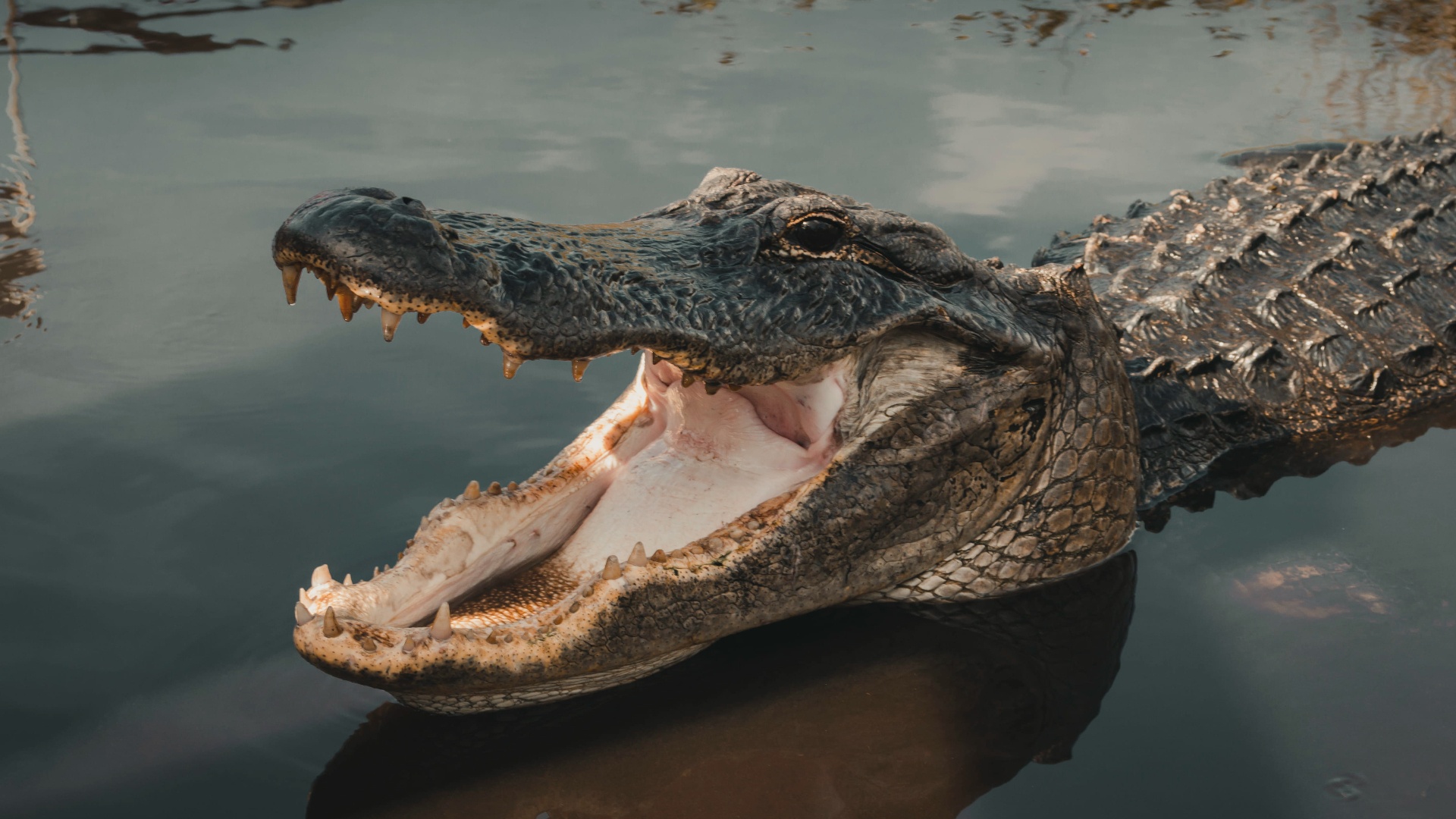
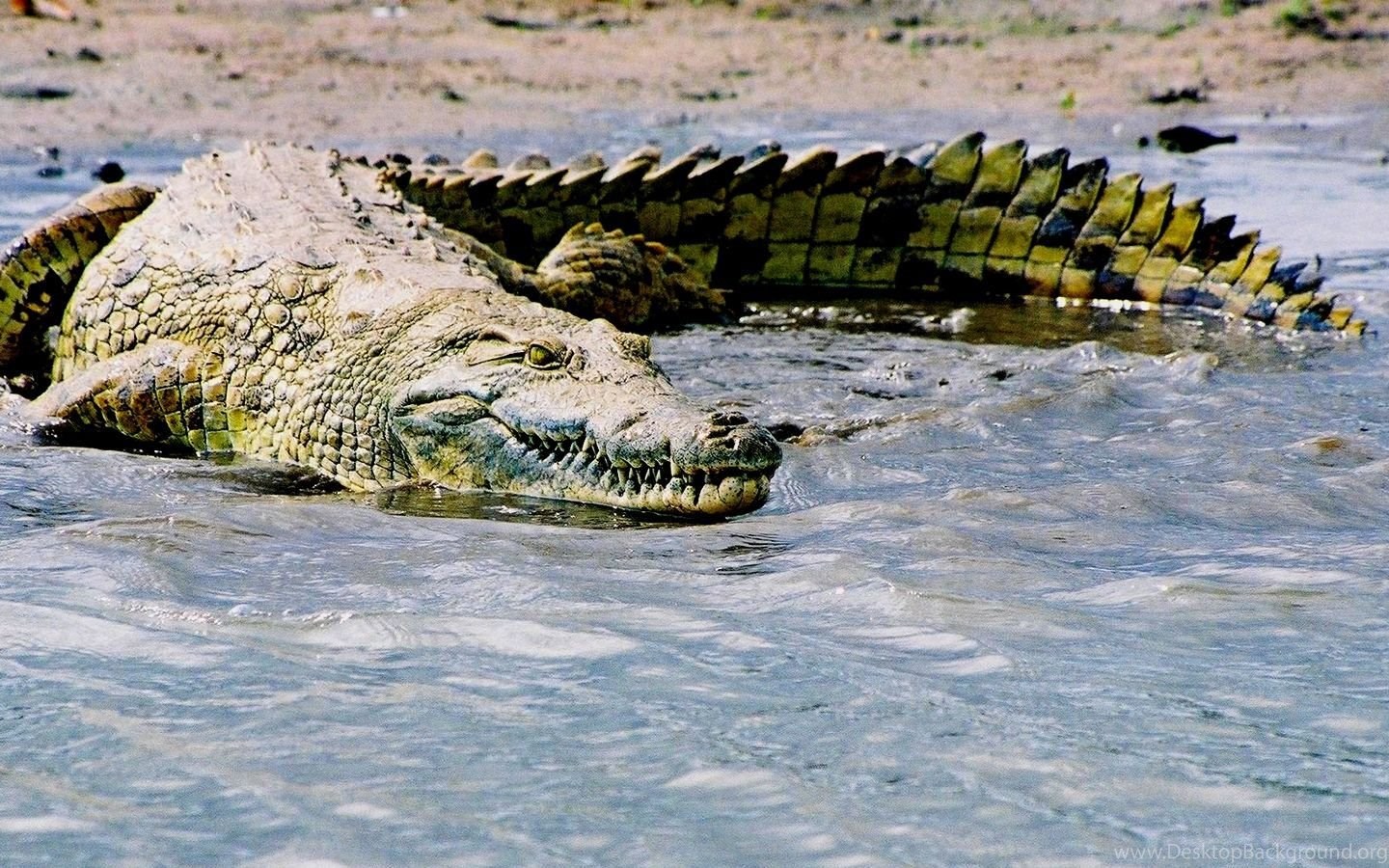
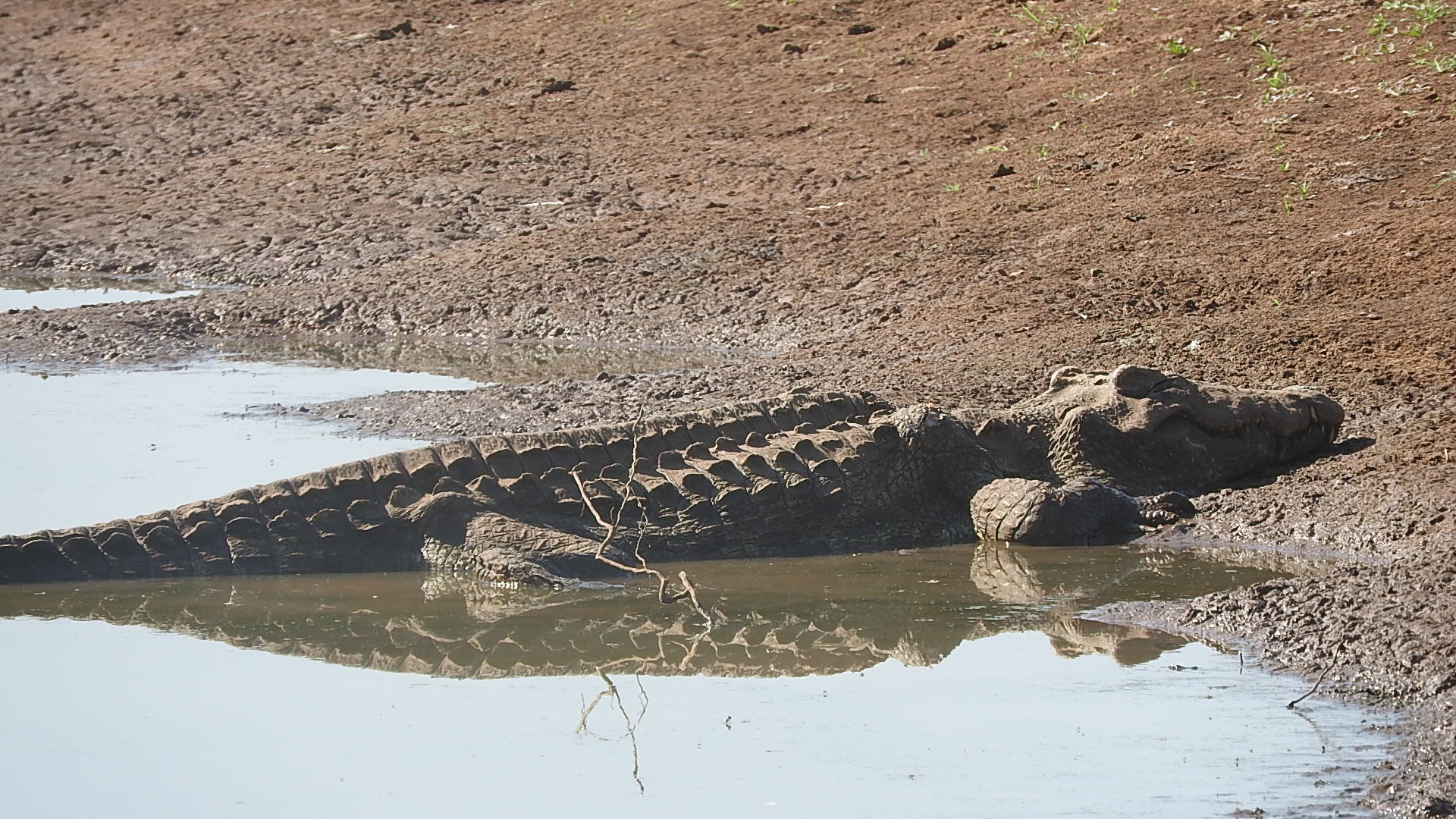
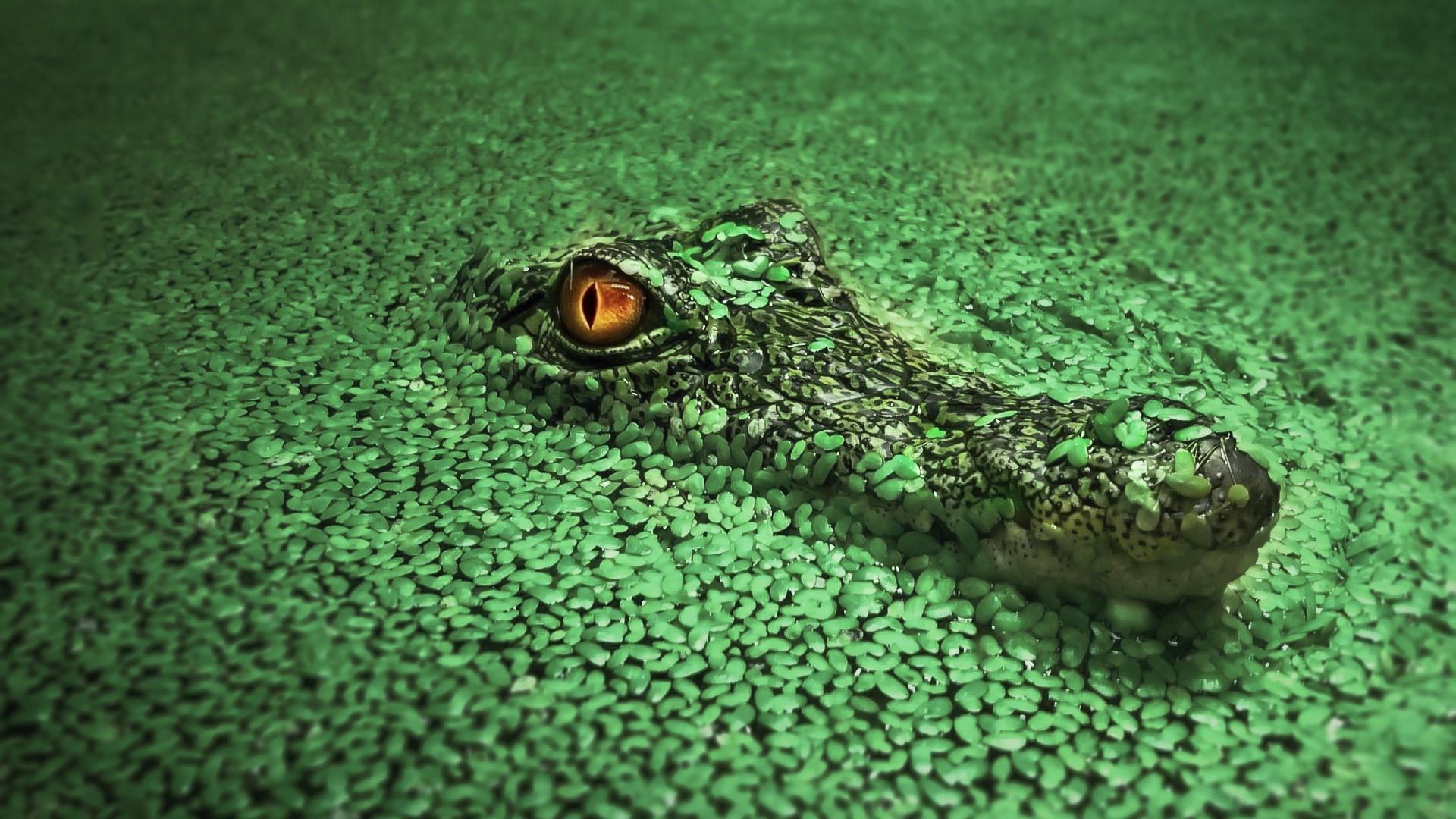
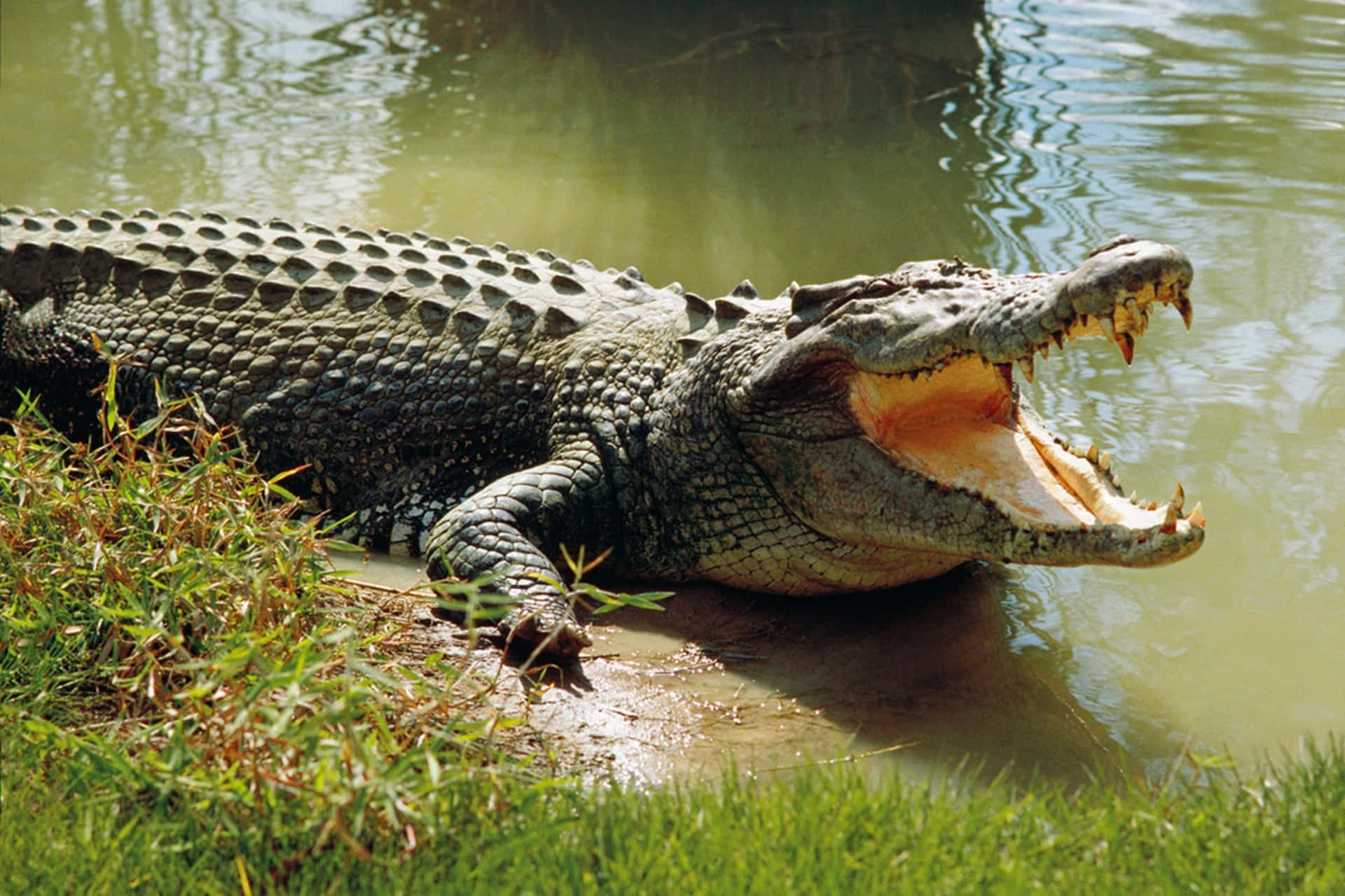
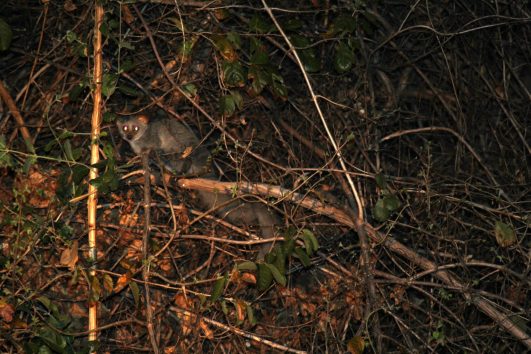
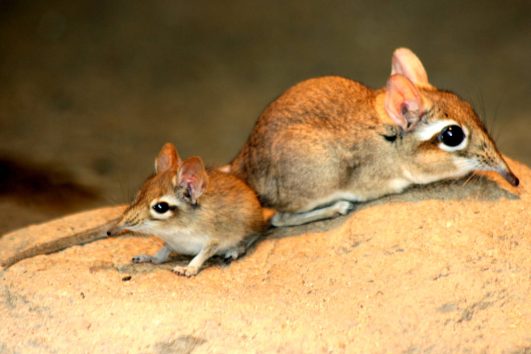
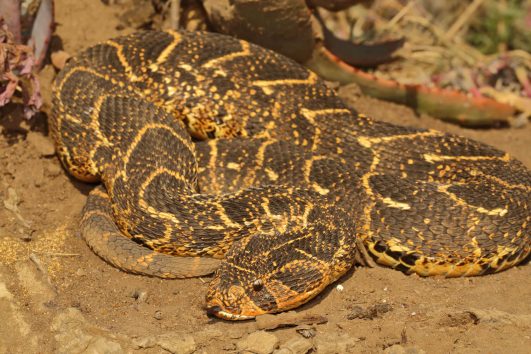
Tour Reviews
There are no reviews yet.
Leave a Review